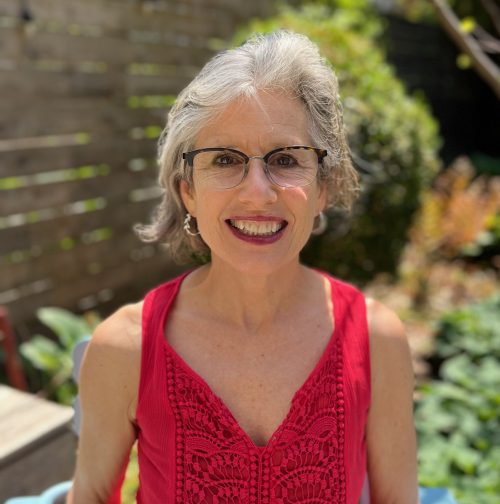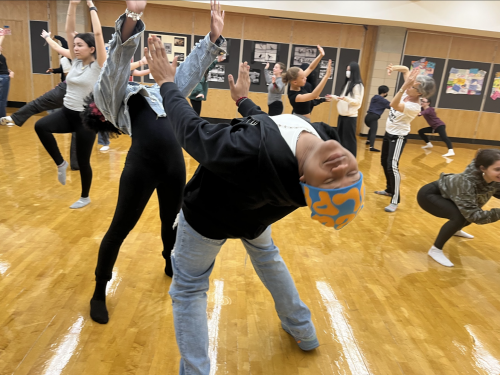DEL Lab Schools Feature: Randa Broughton
Highlighting 2023 DEL Lab School recipient: Randa Broughton!

Randa Broughton (M.A. Dance Education, Columbia University, B.S. Dance History & Criticism, Skidmore College) has been a New York-based dance educator and performer for over 25 years. Presently, she co-leads the dance program at Edward R. Murrow High School in Midwood, Brooklyn.
Randa facilitates courses that support the beginner to advanced level dancer, whether the student’s goal is to choreograph their first movement study, complete the NYC Dance Commencement Exam, or continue dancing at the college level.
Randa participated in the first DEL Facilitators in Training (FIT) program, has been a NYC facilitator of City-Wide Professional Development, and is part of the team implementing the Arts Achieve Initiative. Randa has taught at the National Dance Education Organization (NDEO) conference and produced dance units published by the NYC Office of Arts and Special Projects. She has studied extensively with multiple artists ranging from Alwin Nikolais, Frank Hatchett, to Zvi Gotheiner as well as performing and creating work for venues such as Danspace Project, 92NY, DIA, BAX, and Judson Memorial Church.

Edward R. Murrow High School, where Randa teaches courses ranging from Introduction to Dance to Dance Kinesiology for grades 9-12, is a large community of over 4,000 individuals with a strong performing and visual arts focus.
Previously, she ran the dance program for Teachers Preparatory School in Brownsville, Brooklyn, and a co-directed Teachers Preparatory’s Arts-Centered program, which integrated dance, theater, and visual arts experiences into the academic curriculum. Prior to her work at Teachers Preparatory, Randa taught at Herbert H. Lehman High School in The Bronx, expanding the dance program to include over 200 participants, and starting the Lehman Dance Company which rehearsed weekly and performed throughout the year.
In addition, Randa taught Modern, Choreographic Process, and Creative Movement at Harbor Conservatory for the Performing Arts in East Harlem. She choreographed yearly for the conservatory’s pre-professional dance company, Gestures, and the annual performances.
At the heart of each teaching opportunity, Randa believes a student’s creative impulse drives the learning environment. Embodying the conversation between a student’s creative energy and the inquiry process builds a collaborative classroom where each voice resonates.
We asked Randa to answer the following questions:
A. What is one of the biggest learnings or takeaways that has stuck with you from a DEL Course/Workshop?
The synergy between the language of words and motion is key to developing a classroom recipe that sparks creativity and joy, while simultaneously honing skills and increasing understanding.
B. How do you apply the DEL model in your teaching environment? Tell us more about how you use what you’ve learned from DEL in your real life.
Student voice is an integral part of each classroom experience where problem solving has multiple options.
DEL has increased my ability to use everyday observations about human movement and behavior as a laboratory. Patterns, connections, rhythms, wordless communications in any setting reveal a great deal about individuals and group dynamics. Drinking in observations allows learning to happen in any setting. This could include completing an errand, walking city streets, or purposefully going to an art exhibit.
C. At the center of the DEL Model is the Teacher’s Heart, which represents the core artistic and philosophical values and beliefs of every dance educator. Randa shared:
“My Teacher’s Heart is to listen, love, and appreciate my students each day in a new way, to allow us to move forward.”
